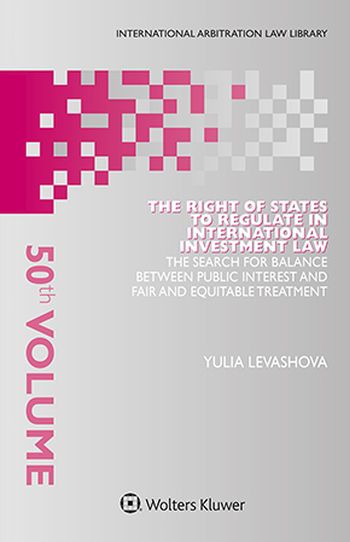
The Right of States to Regulate in International Investment Law addresses the balance between the host state’s right to regulate and the investor’s right to obtain a fair and equitable treatment (FET) standard under international investment law. Due to the recent ongoing expansion of public interest issues worldwide, the state’s right to regulate has been recaptured as a prominent concept in international investment law. The FET’s standard provision in the text of an international investment agreement (IIA) has become a detailed clause clarifying the specific obligations of a state towards an investor under the FET standard. However, striking the right balance in these new treaty formulations has proved to be challenging. This book greatly clarifies the field by offering in-depth analysis of the application of the state’s right to regulate in relation to FET standard provisions in IIAs and to decisions by arbitral tribunals in FET cases.
What’s in this book:
Recognising that the role of tribunals is to balance the state’s public interests and the interests of an investor when interpreting and applying the FET standard, the author pursues such seminal issues and topics as the following:
How this will help you:
In the clear light it sheds on the legal conditions under which states may regulate in the public interest and its contribution to the reforms that are currently taking place in the field of international investment law, this book constitutes an exemplary framework to evaluate investment decisions on the FET standard and the right to regulate. It will be extremely useful for practitioners who work on investment cases, policymakers involved in negotiating and drafting of IIAs, policy advisors of governmental and non-governmental organisations and academics in international investment law.